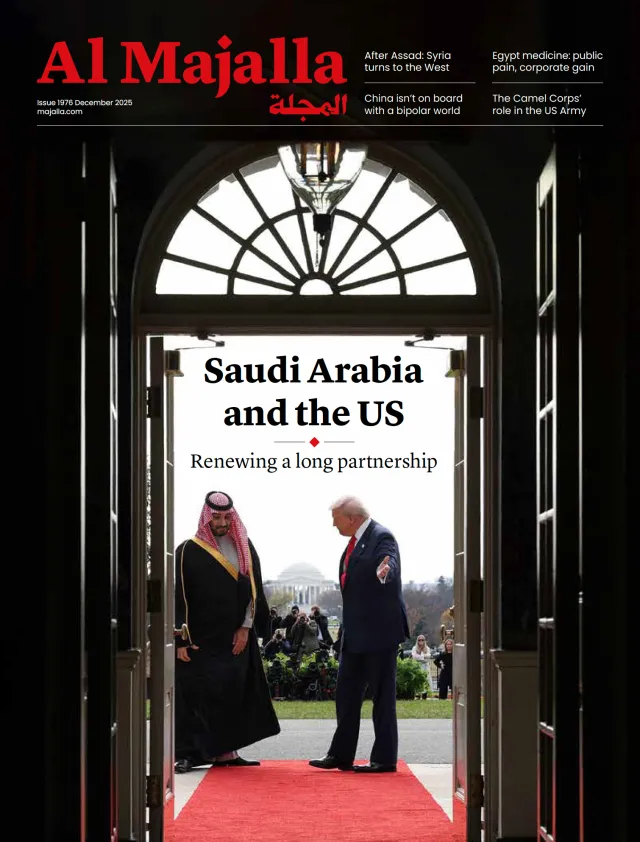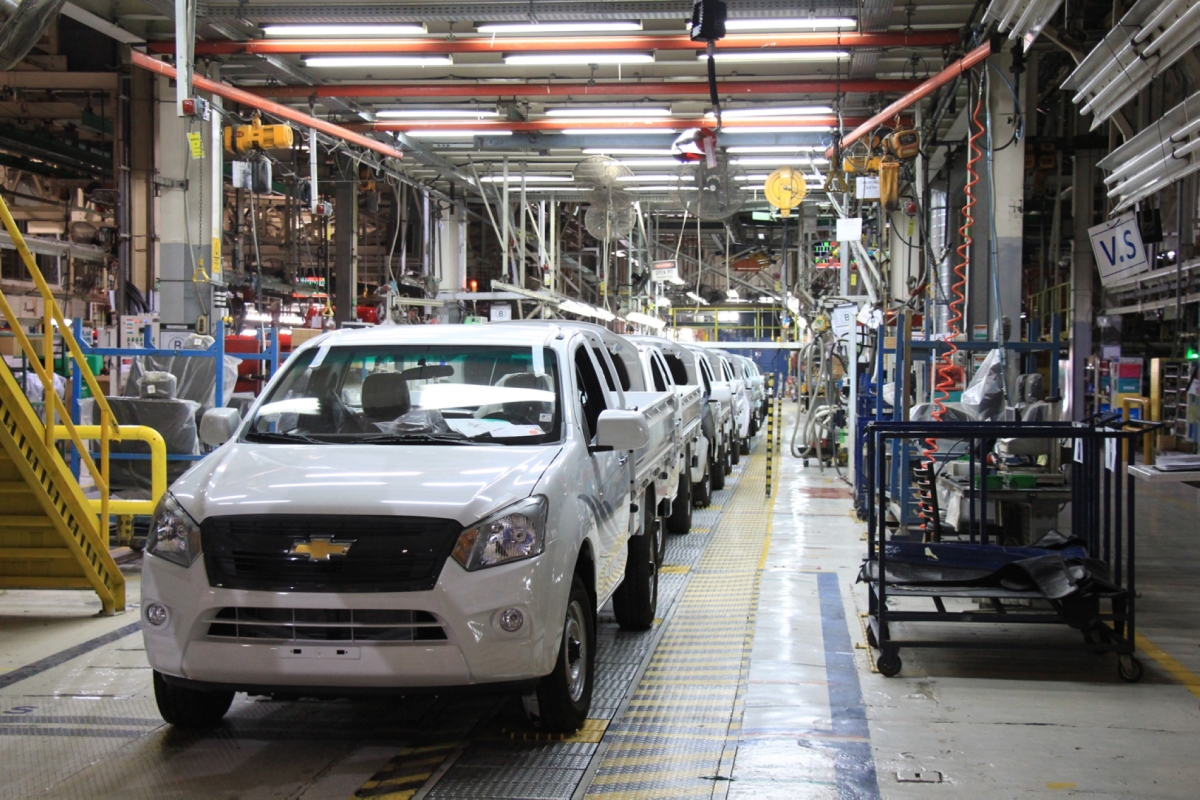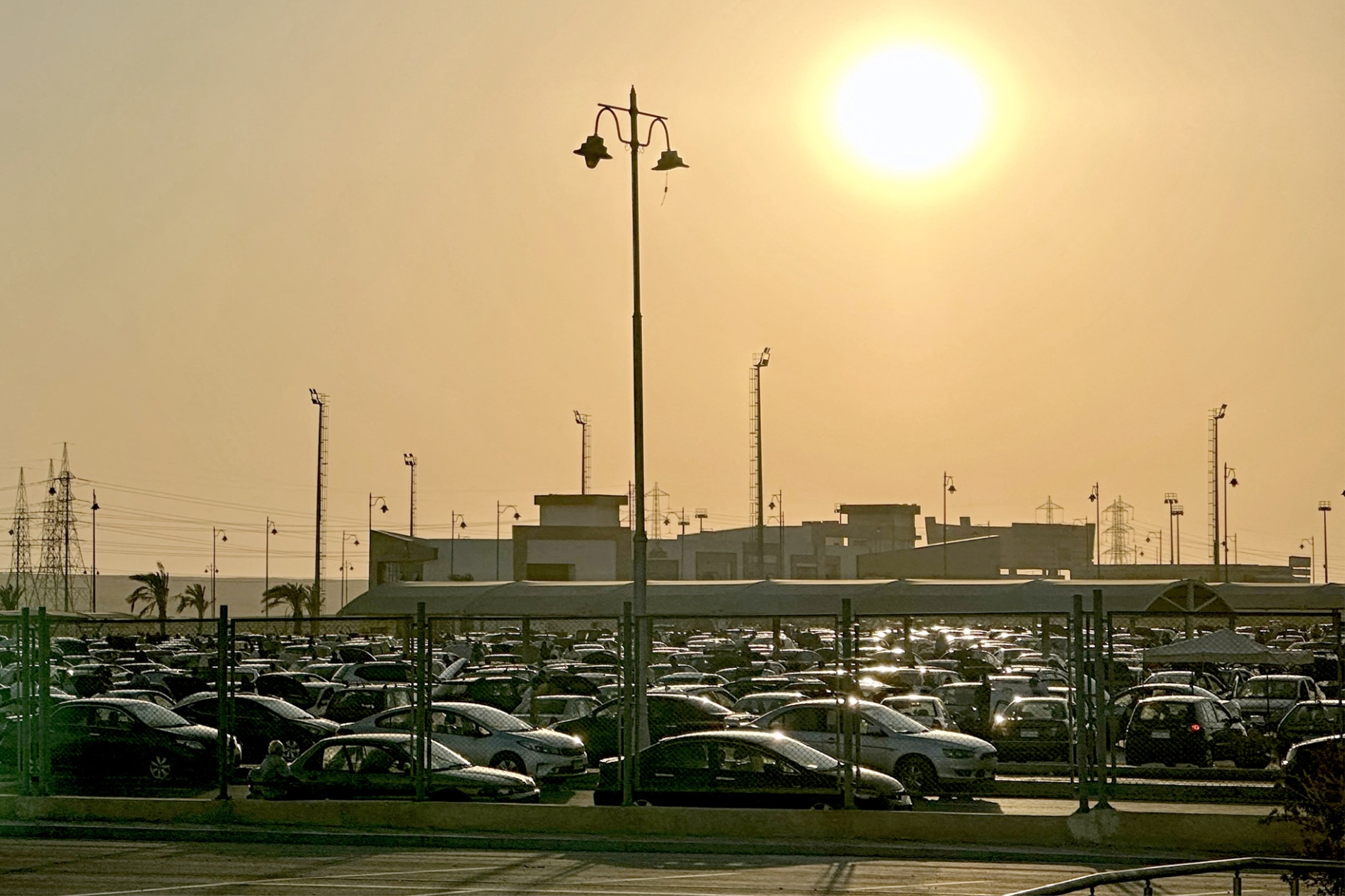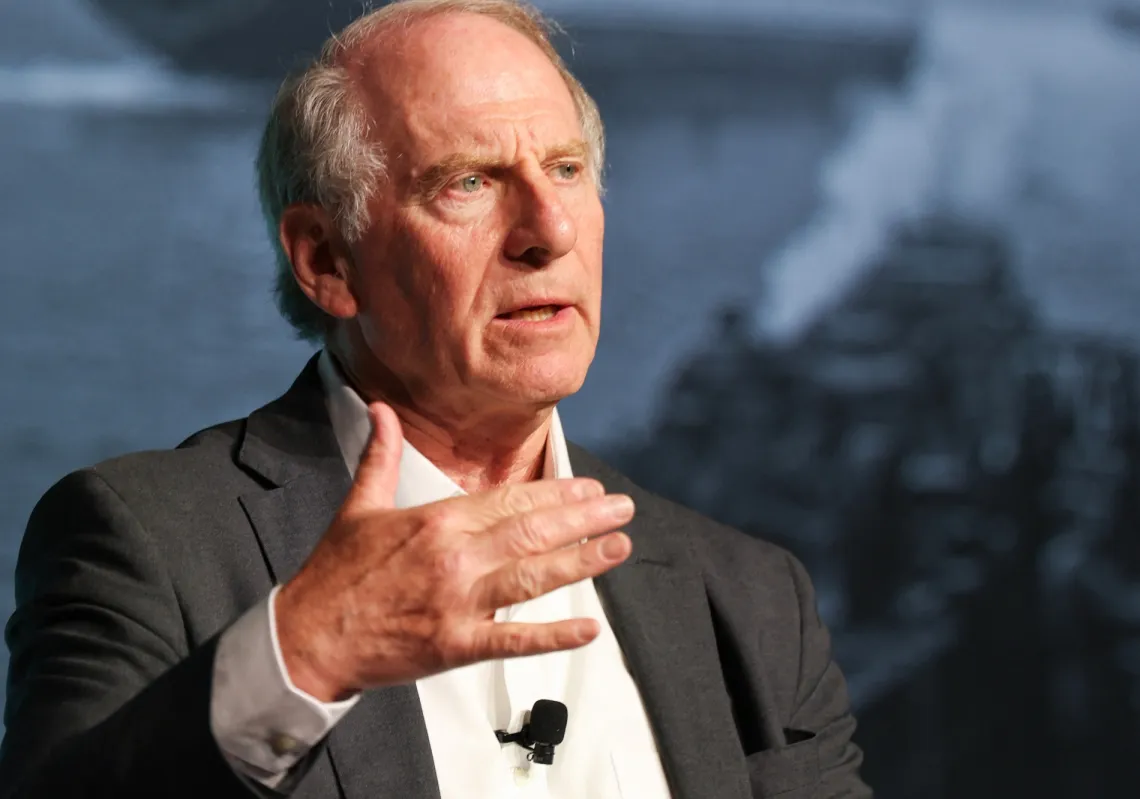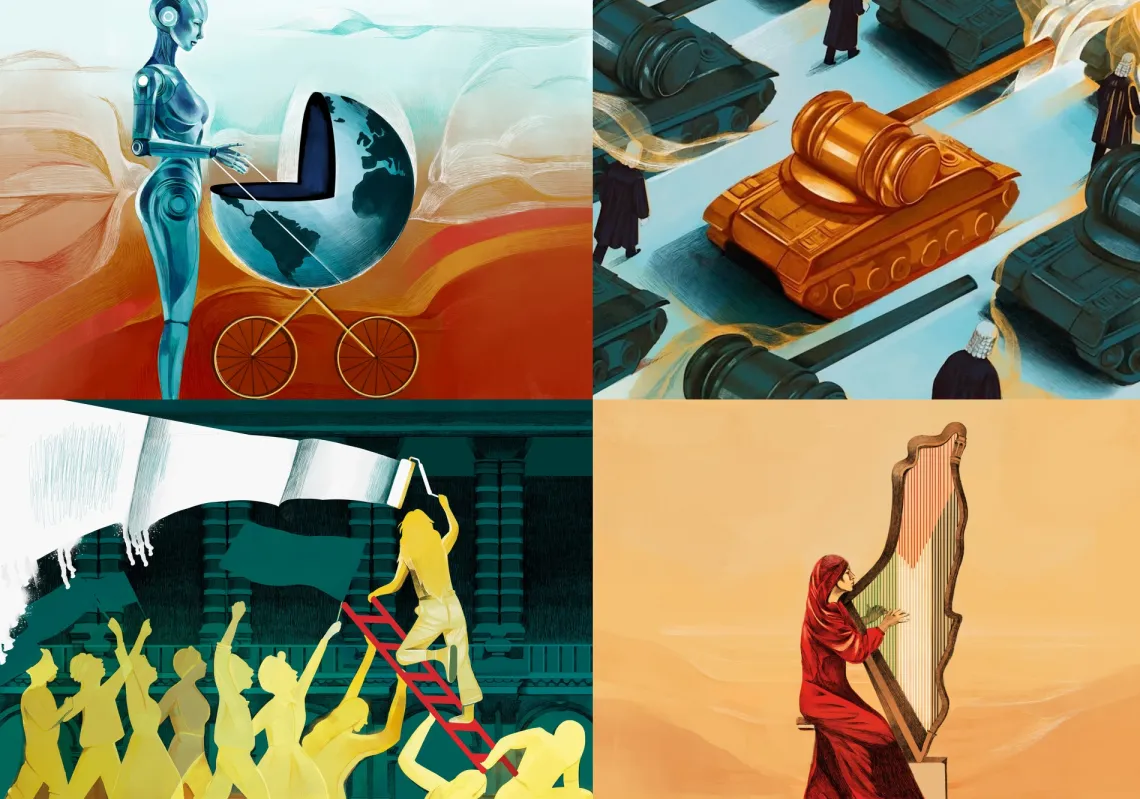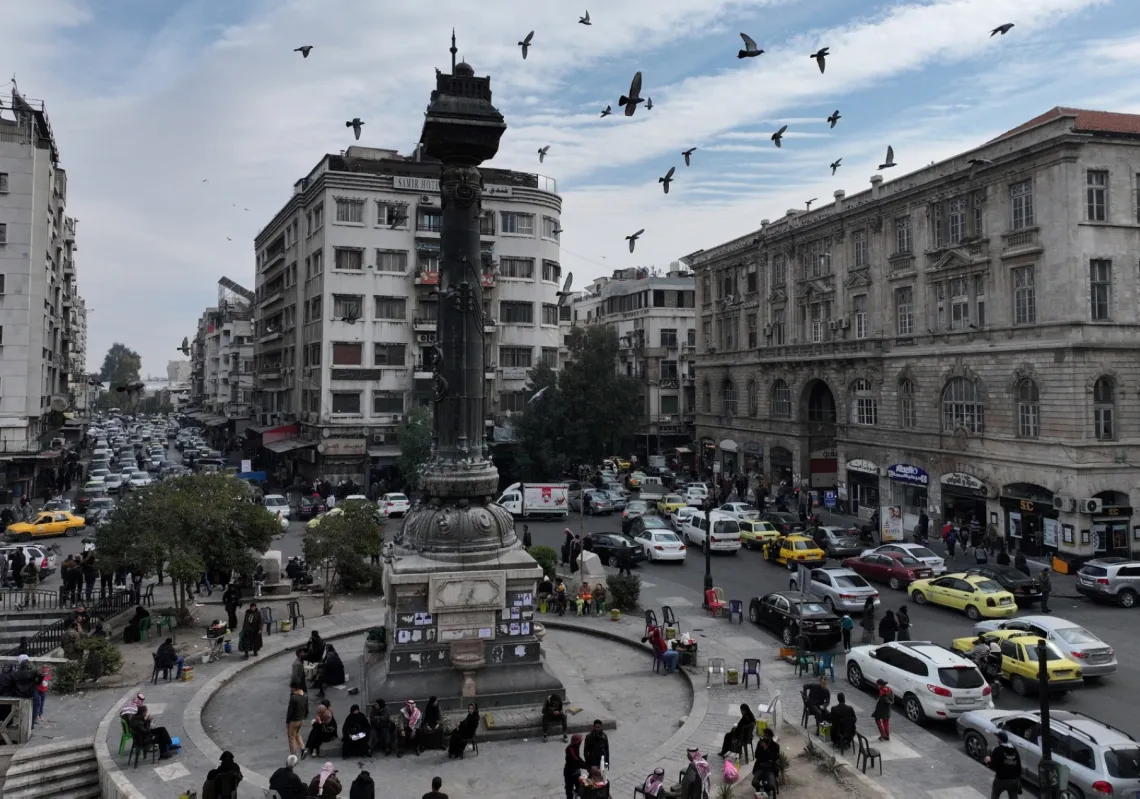In recent years, Egypt has witnessed a notable transformation in its automotive industry, particularly in the local assembly of vehicles. The government aims to develop this sector into an economic engine that drives employment and brings prosperity through exports, while reducing dependence on imports whose costs have soared.
Yet there are a host of challenges, not least an absence of foreign direct investment (FDI), questions over production quality, and limited domestic demand. Furthermore, the move towards localising car manufacturing comes in the wake of currency crises and declining purchasing power. Three years ago, a dollar cost EGP 15. Today, it costs nearer to EGP 50 (itself much improved from a recent high of EGP 70). This means that car prices have tripled, with sales of imported cars having shrunk significantly.
At the same time, Egypt is attracting global brands. In particular, Chinese firms see the Egyptian market as a springboard into Africa and the Middle East. Several Chinese marques are preparing to begin local production in the coming months, among them MG, Jetour, GAC, Changan, Haval, and BAIC. Geely began production in January. Their arrival has been accompanied by tax incentives and support.
Part of the plan
Egypt’s National Automotive Industry Strategy (NAIS) aims to boost local production, improve the legislative environment, provide financing, and encourage exports, with a focus on electric vehicles (EVs), but these grand ambitions face harsh realities, given that the industry still lacks the fundamentals necessary to become an export hub.
Mohamed Sheta, an auto industry expert, says most factories operating in Egypt have an annual production capacity of 5,000 cars, the exceptions being Nissan, GB, and Chevrolet, which produce around 10,000 vehicles annually.
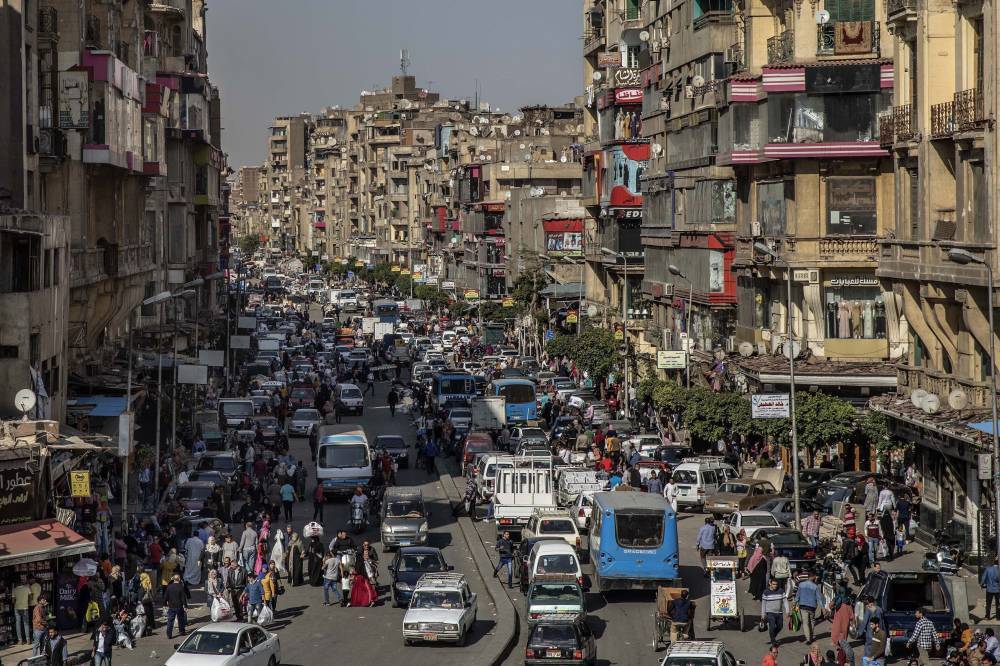
Most production is directed to the domestic market with very little slated for export. “Weak quality and the absence of international standards are barriers to exports, leaving the local industry in relative isolation,” says Sheta. “The state doesn’t reap the full benefits of the sector, either in terms of job creation or foreign currency revenues”.
Market estimates suggest that the total production of locally assembled cars in Egypt in 2025 will not exceed 60,000 units—a modest figure compared with other African countries such as South Africa (650,000 vehicles) and Morocco (530,000 vehicles, more than 60% of which are exported).
Experiences elsewhere suggest that the revival of an automotive sector relies not merely on local assembly but on strategic partnerships with global manufacturers and large-scale FDI, which enables technology transfer, upgrades production lines, and achieves the quality standards required for export.
The Moroccan government won FDI from major auto manufacturers such as Renault and Peugeot, who invested $1-2bn per plant, establishing the country as a major export hub, while in Saudi Arabia, Hyundai recently started building its first plant.
However, foreign companies remain reluctant to invest in Egypt. According to Sheta, the reasons include "the small market, the absence of advanced industrial infrastructure, and import restrictions imposed since 1998 that ban the entry of used cars".

